Onions This Last Year
Last year at this time I ordered some short day onion plants from Dixondale Farm.
Even though the bed I chose ended up being slightly flooded during the winter; and this super dense short weedy grass/moss junk, impossible to weed out without removing all the soil around the onion, grew around most of the onions, they still produced pretty well.
Because they were short day onions they were done bulbing and ready to harvest in early-mid summer but also held well in the field until I could take a break from haying responsibilities to stay home and harvest the onions, that are still being used in the kitchen by the way, long after the catalog information said they would.
All in all, a good enough experience to repeat. Especially since my long day onions were an utter fail this year. It wasn’t so much a crop failure as a farmer failure. Just too much going on, and I fell into that unfortunate locally located mire called Overwhelmed.
This Year’s Onions
In January, I will still start long day onions, some Walla Wallas just ‘cuz and lots of Copra.
Copra is a crazy storage onion, last year (2013) when we grew it was still being used in our kitchen until spring from a late summer/autumn harvest. I doubt that I will play around with other late summer harvest onions. Summer is an insane time here at VF&G and I would like to think I could fit in a hike or two or a trip to the lake to cool off. So Copra it is, leaving working out the quest for open pollinated storage onions for another year. I think my onion experiment this winter might be enough for now.
Growing Onions Overwinter
Short day onions are usually not grown north of the 36 parallel. That’s the line that makes the bottom of Utah, Colorado, Kansas, Kentucky and Virginia and the top of Arizona, New Mexico, Oklahoma, Tennessee and North Carolina
Here in at VF&G in between Mount Rainier and Puget Sound we are just above at the 46 parallel, specifically: 46*56’11.56” . A line that goes through the middle of Washington; the panhandle of Idaho; Missoula, Montana; Bismark and Fargo, North Dakota; Duluth, Minnesota; a barge in Lake Superior; Sudbury, Ontario; Quebec City, Quebec; and just below Caribou, Maine. But a degree and a half below Paris, France! (But that tidbit of info is for another article.)
But we can grow short day onions because we may be north of the 36 degree line but we have the winter weather of much of Texas. USDA Horticulture zone 8. This year is predicted to be an el nino and so even more Texasy, yay for my winter grown spring/summer onions, too bad for skiers.
So yes, our winter days are mild but the hours of daylight that trigger bulbing will come quicker than in the South. The key for growing them here is, don’t start them so early that they’ll think they have been alive for two years come next spring, feed them really well all winter (except for nitrogen) and pump them full of nitrogen as soon as real cold weather is past.
Some other issues: keep their feet warm and reduce weed pressure. Mulch works. Specifically for me, wool works great! The only mulch I know that slugs dislike; I have lots; it doesn’t bind up nitrogen as it breaks down; it holds moisture with out soggin’ out flat; keeps the ground from heaving; and it slowly feeds the soil.
The Varieties This Winter
In August in flats well marked, I started nine main onion crops plus shallots, and about three green onions.
Three onion varieties that I purchased from Dixondale as plants last year that are indeed short day onions: Texas 1015, Texas Early Grano, and Red Creole. We’ve planted about 300 each of these. They will be our late spring and summer eating onions. Chopped up in potato salads, caramelized on burgers, caramelized on burgers, deep fried onion rings, caramelized in hash browns. You know, summer eating.
Three onion varieties from Territorial Seed Company said to be really good short term storage onions, planted about 300 each: Gate Keeper, Keepsake, and Top Keeper. Not necessarily short day onions (some I just can’t find out about as far as short, long or intermediate), but ones that are touted for overwinter plantings and early harvests (wait, isn’t that the definition of short day onion?) Really looking forward to these onions. They aren’t supposed to store much longer than November after harvesting in mid summer but it will enable us to save the Copras we will grow for long term storage.
A variety from Johnny’s Selected Seeds, Bridger, another short-term yellow onion – 300 each. Plus, Ailsa Craig, a sweet Spanish onion similar to Walla Walla (which also work as an overwinter onion) but Ailsa’s are bigger and different from what everyone else is growing – 300 of those. And Red Marble, a long day but overwinter onion, a versatile little fellow that can be harvested as a scallion but that will bulb up cipollini style if given room and time. We, actually Bet, planted about 500 of the Red Marble, they are the ones in the foreground bed in the picture above, you can see the closer spacing.
Beds to finish up this week: the last three beds for onions. Two for shallots and three varieties of scallions and one experimental bed (I’m trying my hand at hot beds, more on that in another post) with all the left overs from the other varieties we already planted.
And The Garlic
Lots of garlic will be planted beginning next week, well that’s my plan any way. Lots and lots of garlic.
Three sets of three beds 2’ wide and 40’ long. Six inches apart one way (short rows cross ways on the bed) and three inches the other. So about 600 each bed give or take about 50. Some where around 5000, if the seed garlic supply holds out.
The varieties? Yeah… who knows what they are. I can tell you the varieties I started with, what they might be. But for some reason I just can’t seem to keep them labeled. I’m thinking it has to do with haying season occurring at the exact same time as garlic harvest.
They are separate, I think, just not labeled as to what variety is what. I have lost some very distinct varieties – of course I lose the ones that are easy to identify. And maybe someday I will get back to having definite varieties and carefully harvest, plant and mark so that I can keep them separate for more than the two years I did. But… not now. For now we just eat garlic, some is hard neck, some soft, some hot, some not so much. But we have garlic.
The debris from this summer’s crops and weeds haven’t been cleared from the garlic beds, plus a couple of the beds still have things, cauliflower and cabbage, still growing on them. “Planting next week” really means getting started. I figure by the time I work myself over to the beds that have crops growing still they will be done and harvested and I can finish up with those.
Funny, I say I dislike spring so much because of the soggy wet dreary weather and all the work I have to do, planting and prepping for the growing season. With this whole “year ‘round garden and harvest and seasonal eating”, spring isn’t the only crushingly busy wet soggy dreary season. But I could never dislike autumn. It is still hanging in there as my favorite season.

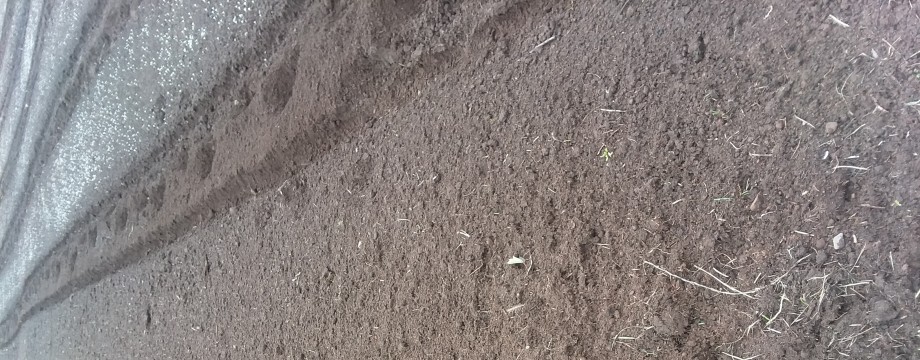
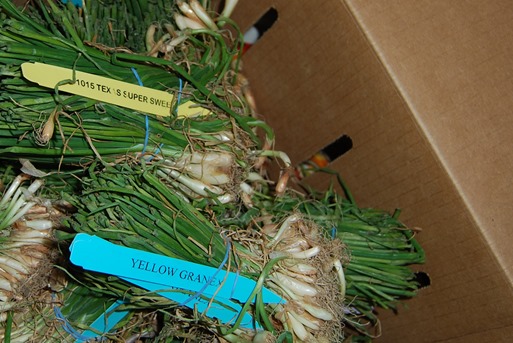
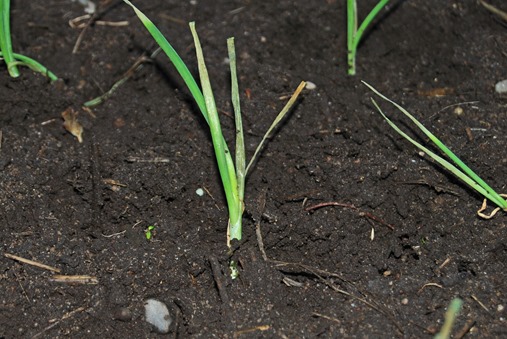
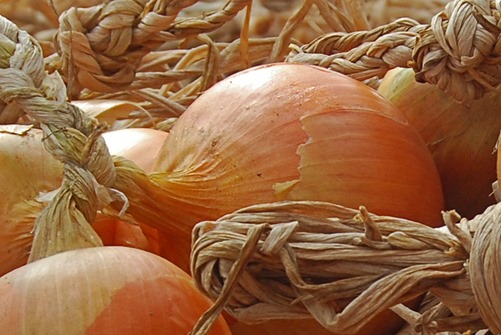
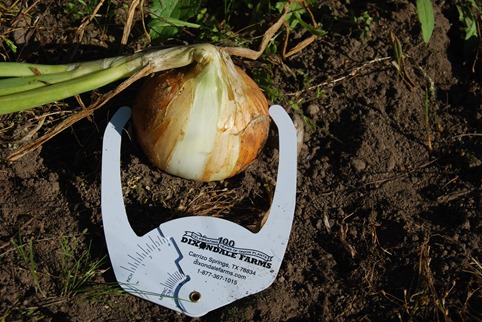
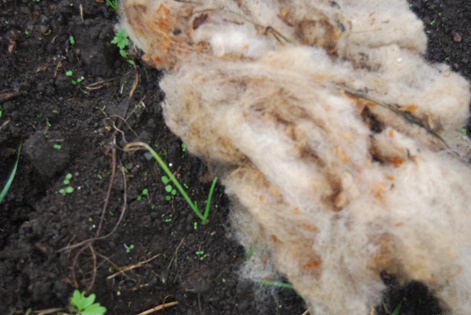
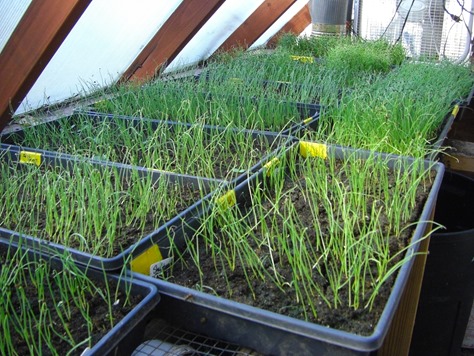
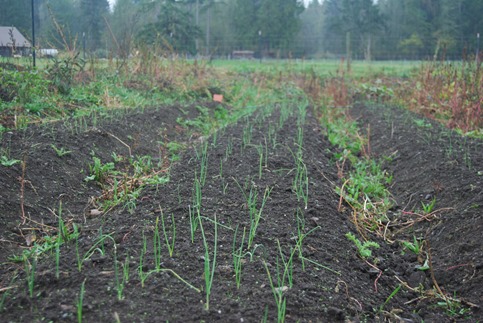
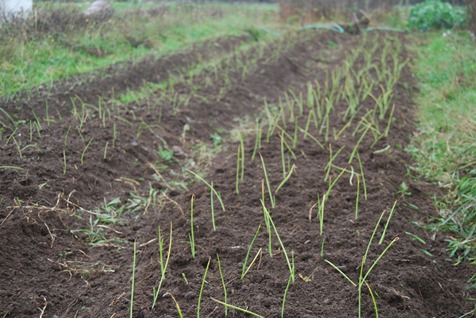
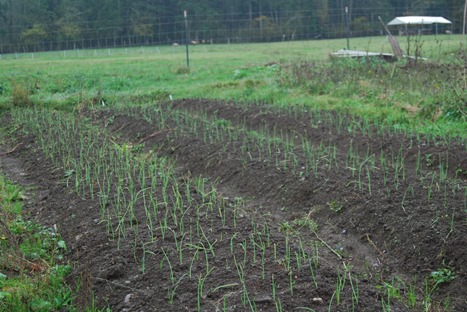
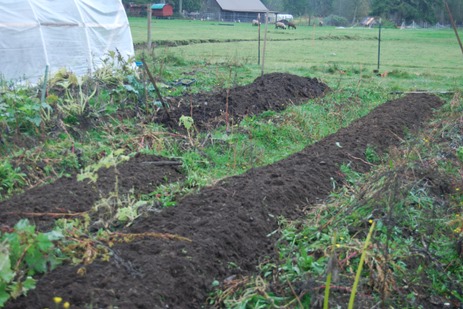
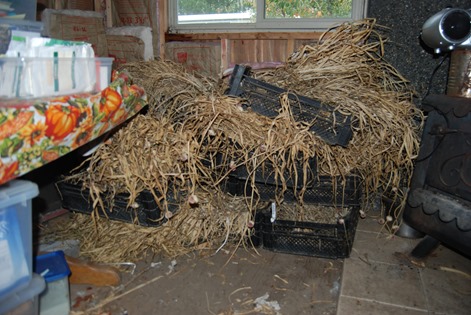
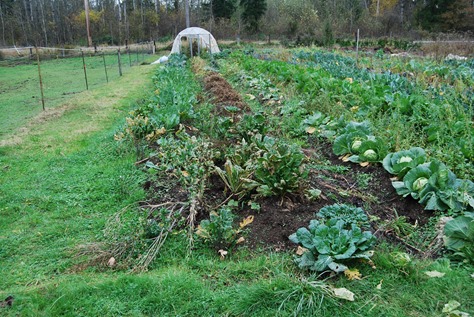
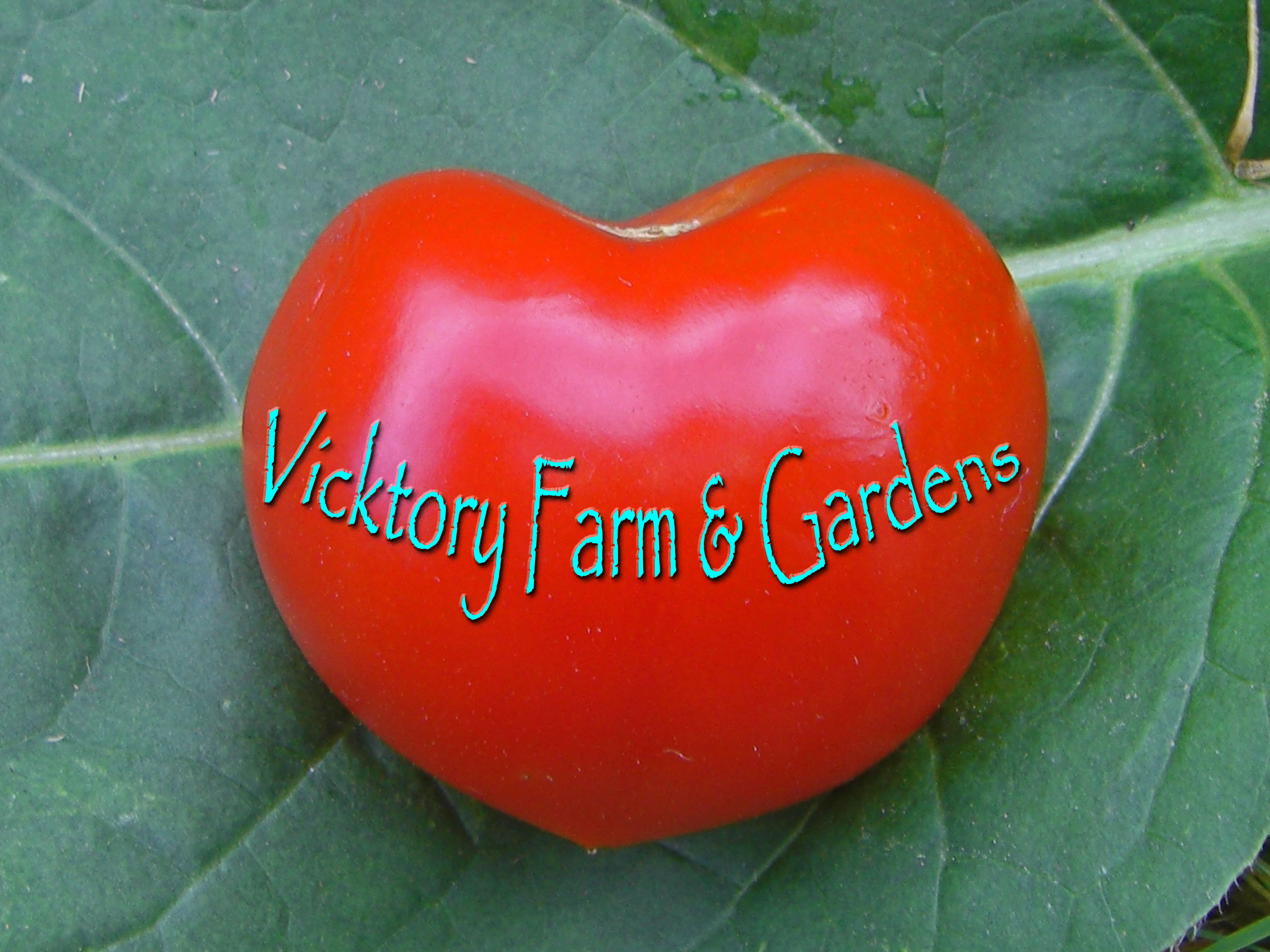
I enjoyed your photos and info very much! Wishing you and yours a lovely Autumn. I know the holidays will be busy for you. Mildred